In the 1970s and ’80s, the musician Raymond Scott—whose music has been adapted for everything from Looney Tunes to The Simpsons—was hard at work on a secretive music-making device called the Electronium that was supposed to perform and compose music at the same time.
The idea was that anyone could play a melody, and then the machine would transform this melody into a full composition, while the player added embellishments. Scott, who served as the head of Motown’s electronic music research and development and was the first person to build an electronic sequencer, poured $1 million and 11 years into the project, before he died of a stroke in 1987, leaving behind a musical legacy as the father of electronic music.

Now, after nearly 50 years, the designer, musician, and Pentagram partner Yuri Suzuki has completed Scott’s work. In collaboration with Counterpoint, a creative studio that specializes in artificial intelligence, Suzuki created a piece of software—powered by Google’s Magenta AI, which can generate music—that replicates what Scott aimed to do with a completely analog device.
Suzuki’s version of the Electronium, modeled closely off Scott’s original, looks almost like a three-paneled synthesizer. In the center panel, the player of the Electronium can tap out a simple melody or even just a few notes on a touch screen. Then, the AI inside the instrument takes that melody and begins to compose music with it, all illustrated visually on the Electronium’s right-hand panel. The player can “play” the instrument by adding random effects or beats through the left panel’s interface. It’s effectively an instrument that is composing and playing music at the same time in perfect coordination between human and machine.
To create this new Electronium, Suzuki reached out to Scott’s family and Mark Mothersbaugh, the lead singer of the band Devo and the current owner of the old, unfinished device, who was able to provide some of the secretive inventor’s papers. Scott didn’t work on his design with anyone, so his schematics were only uncovered after his death and few have been published.
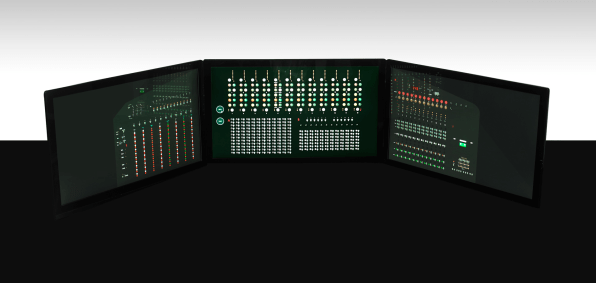
Why did Scott have such a hard time creating the instrument in the first place? “At the time, electronics were not sophisticated enough to realize his dream,” Suzuki says. “He tried to make random access memory (the hardware inside a computer that stores memory) by hand.”
But Scott didn’t give up, even after he retired from Motown Music. He set up a laboratory in his house and continued to work on the Electronium until he died. In contrast, Suzuki was able to complete the technical part of the build within just a few weeks, taking advantage of modern electronics and the advent of machine learning algorithms that are readily available for artists to use.
Suzuki’s version of the instrument will be on display at the Barbican Center in London as part of the exhibition AI: More Than Human, which opens on May 16. But Suzuki has greater ambitions too: he hopes to create a version of the machine that has real knobs and dials, something that was prohibitively expensive for this first prototype. Suzuki also aspires to fixing the physical remnants of Scott’s original Electronium.
But most of all, he also wants to create an online version of the Electronium and bring Scott’s vision to more people. “Even people who don’t have knowledge about composing music, it could help them compose,” Suzuki says. “That’s quite helpful for everyone.”
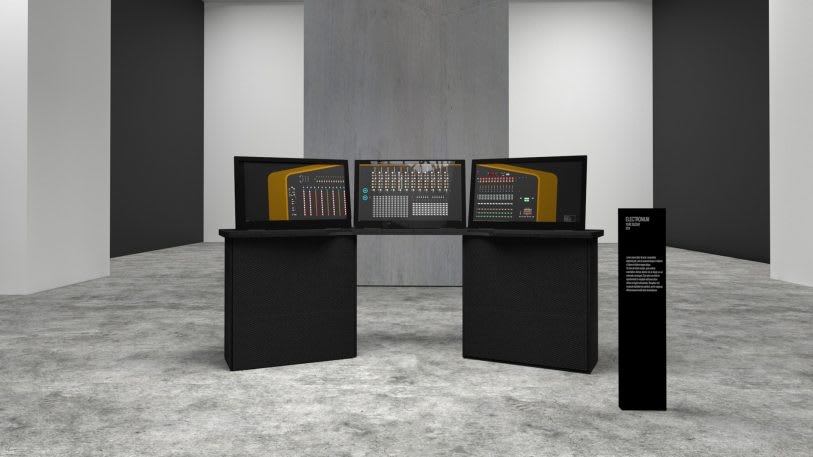
[Photo: courtesy Pentagram]
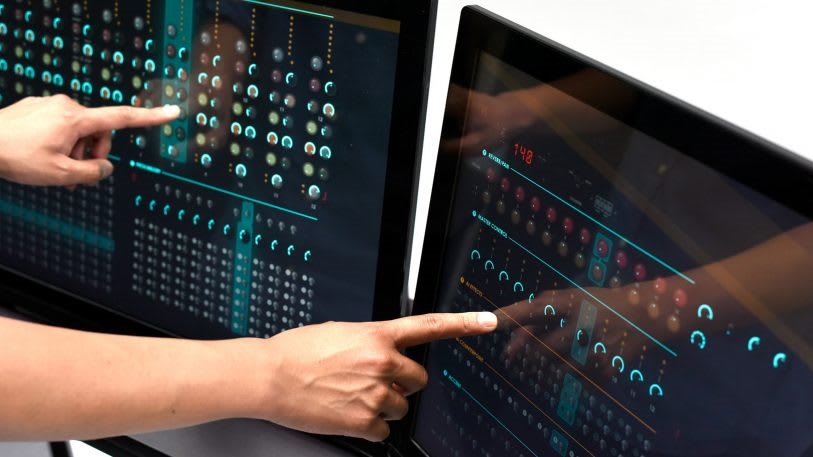
[Photo: courtesy Pentagram]
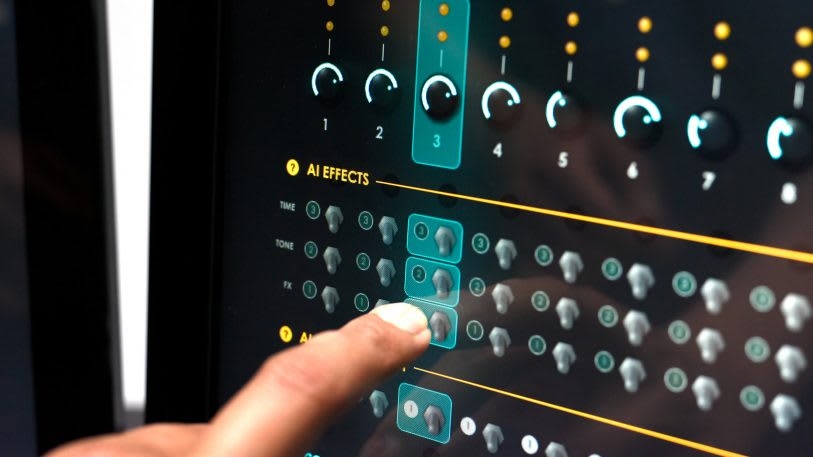
[Photo: courtesy Pentagram]
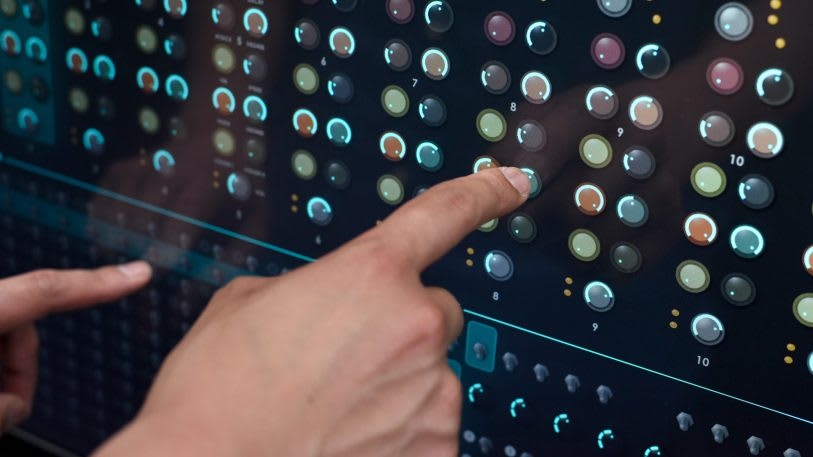
[Photo: courtesy Pentagram]
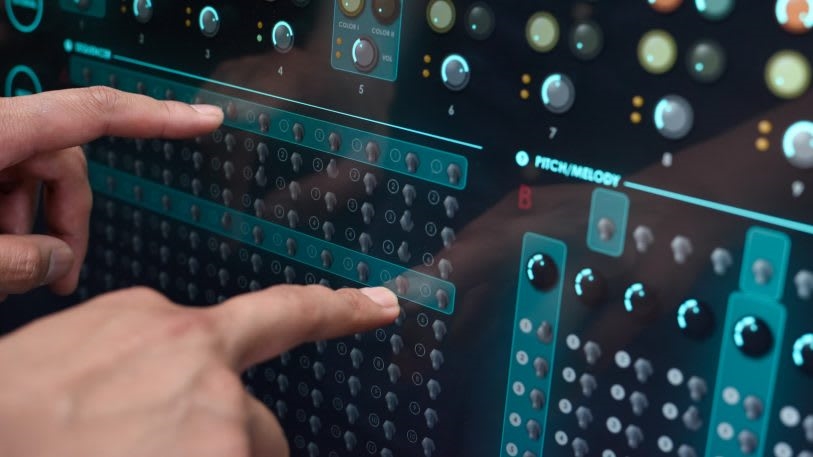
[Photo: courtesy Pentagram]
Fast Company , Read Full Story
(22)